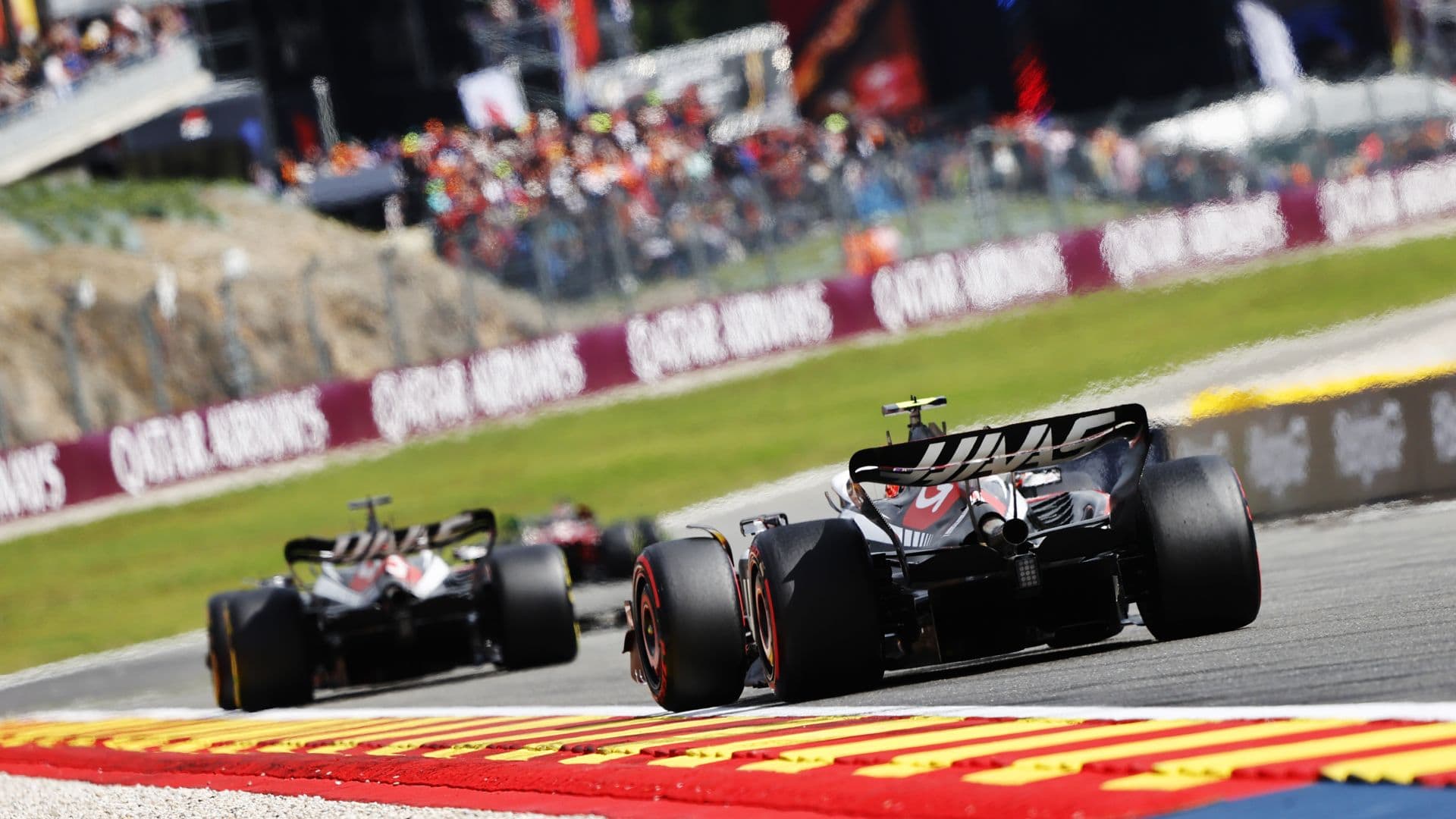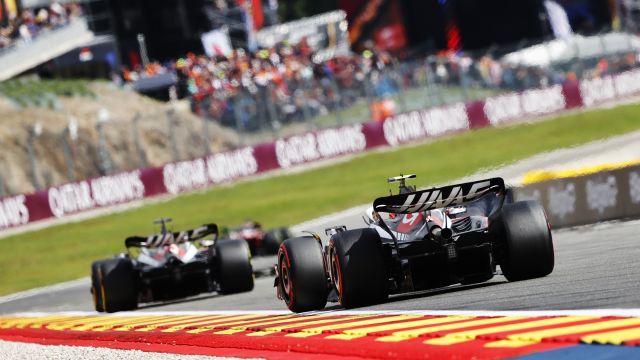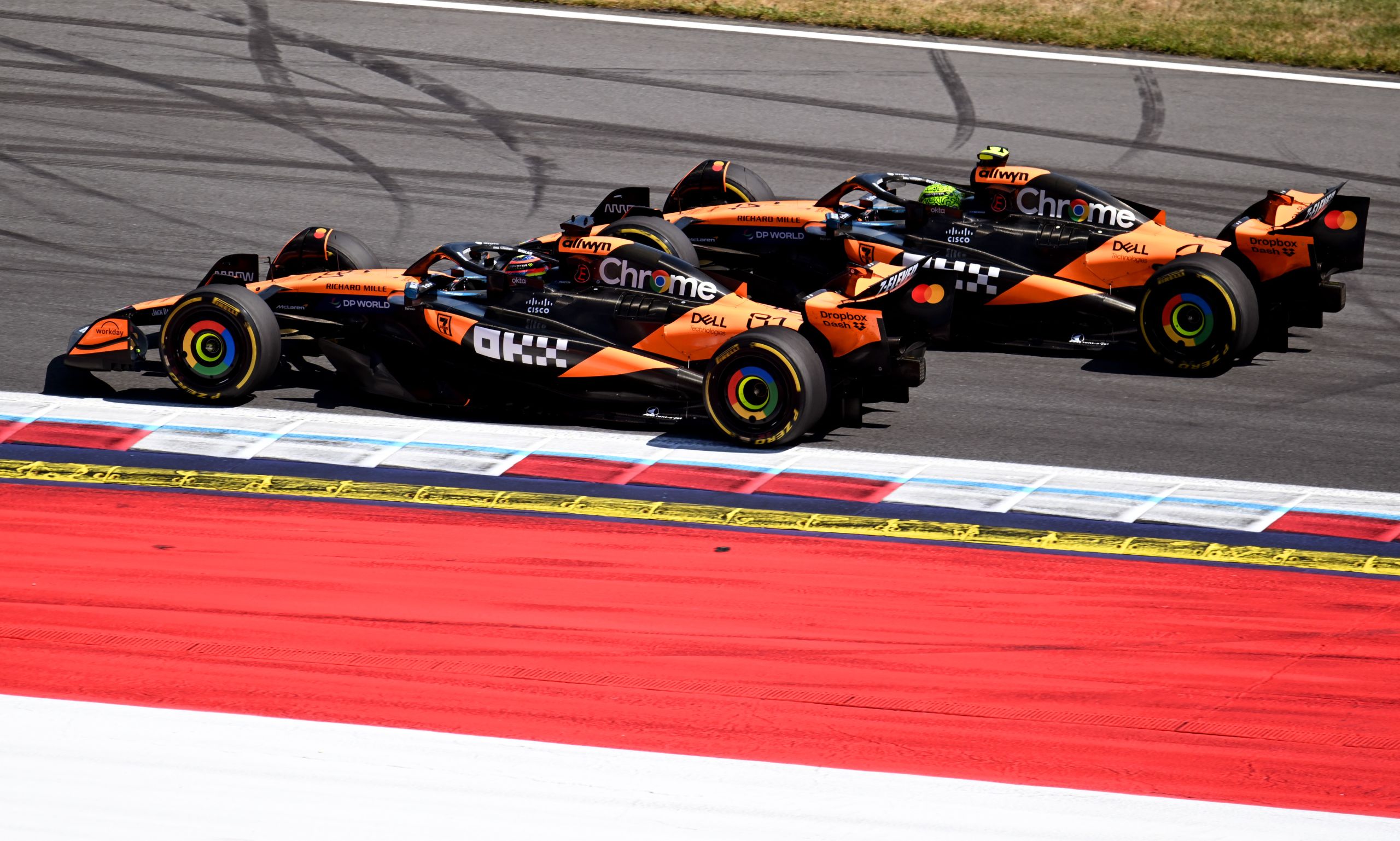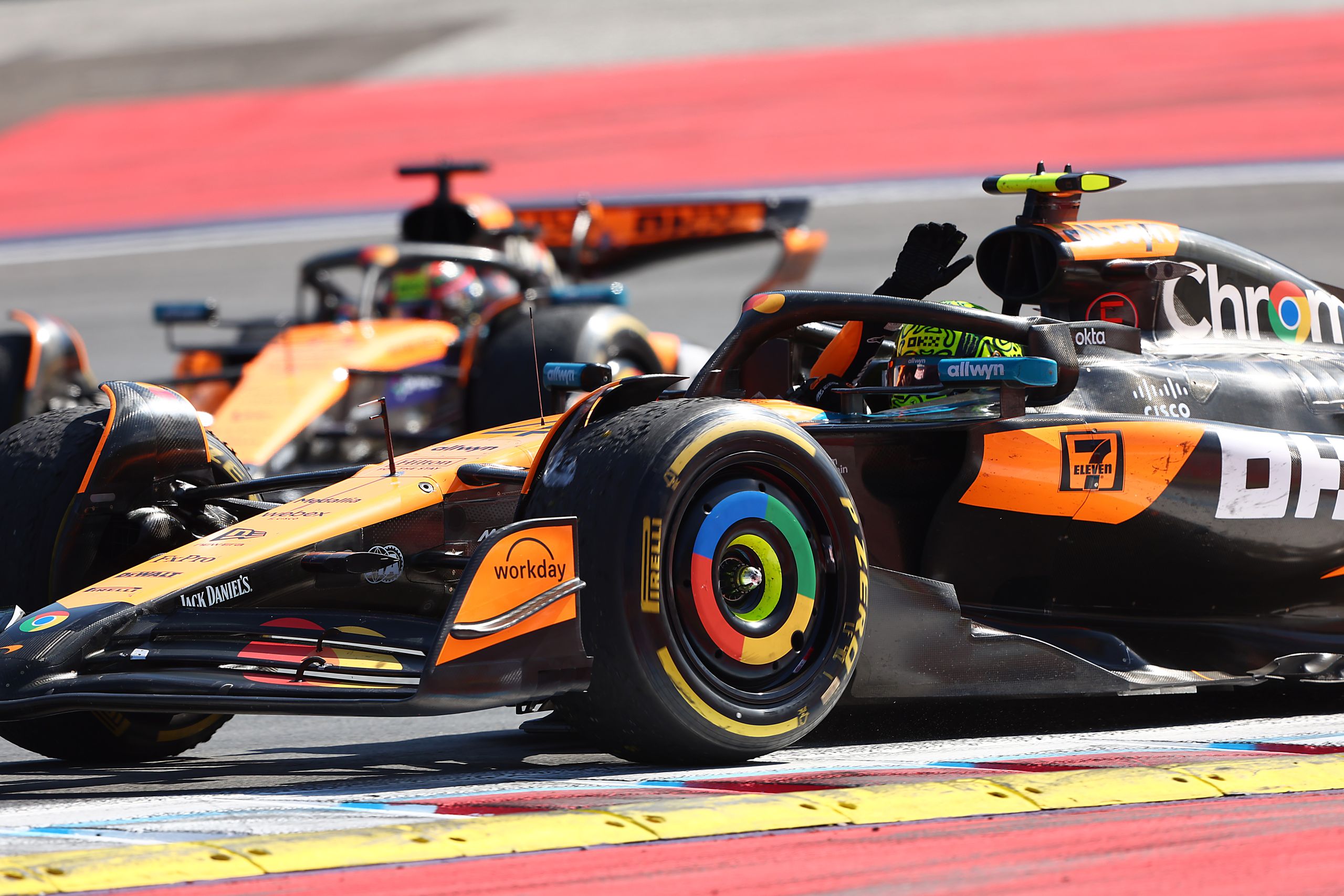How Many Times Can You Use DRS In F1?


You’ve probably found yourself watching an F1 race, marveling at the speed and precision of the drivers, and wondered, “How many times can you use DRS in F1?” It’s a question that pertains not only to fans but to anyone interested in the technical aspects of Formula One racing.
DRS, or Drag Reduction System, can be used by a driver as many times as they like during a lap, provided they are within one second of the car in front at the designated detection point.
In this article, we will delve into the specifics of the Drag Reduction System (DRS) in Formula 1. From understanding its function, the rules that govern its usage, to the strategies that drivers employ to gain an advantage on the track, this comprehensive guide will unravel all the details for both seasoned fans and newcomers to the sport alike. Whether you’re seeking to deepen your knowledge or simply curious about the mechanics of DRS, this article has you covered.
A Detailed Explanation of the Drag Reduction System (DRS) in F1
DRS, or Drag Reduction System, is a fascinating aspect of modern Formula 1 racing. It offers a unique blend of technological advancement and strategic depth, providing an extra layer of excitement for fans and challenge for drivers.
Understanding DRS
DRS is a mechanism that allows the rear wing of an F1 car to be momentarily adjusted, reducing aerodynamic drag and enabling the car to move faster. Introduced to the sport in 2011, it aims to promote overtaking by offering a speed advantage to the chasing car. The system is controlled by the driver and can be activated under specific conditions.
Rules for Using DRS
The regulations governing DRS usage are strict to ensure fair competition. Firstly, DRS can only be activated at specific zones on the track, known as DRS zones. Secondly, a driver must be within one second of the car in front at the DRS detection point. If these conditions are met, the driver is free to use DRS as many times as desired within that lap. However, if there’s a yellow flag or during the first two laps of the race and after a safety car period, DRS is disabled.
Strategic Importance of DRS
The strategic application of DRS is critical to a driver’s success. Utilizing DRS efficiently can lead to successful overtaking or defending a position. Drivers must be mindful of their timing and approach, as improper usage can lead to loss of control or even failure to capitalize on an opportunity.
DRS and Car Performance
The mechanical aspect of DRS, from its integration into the car’s design to its real-time management during a race, adds another layer of complexity. The aerodynamic balance of the car, tire management, and fuel efficiency are all interconnected with DRS usage, requiring drivers and teams to constantly adapt and optimize their approach.
Here’s everything else you need to know about DRS, including related questions that you may have, or additional details that are crucial for a comprehensive understanding of this sophisticated racing technology.
How Does DRS Work Mechanically?
DRS operates through a hydraulic or electronic system that adjusts the angle of the rear wing’s main flap. When activated:
- Opening Phase: The flap opens, reducing the aerodynamic drag. This allows for increased speed on straight sections of the track.
- Closing Phase: The flap returns to its normal position when DRS is deactivated, either manually by the driver or automatically under braking, restoring the car’s downforce.
The mechanical design of DRS must be precise to ensure that it operates seamlessly within the dynamics of a high-speed F1 car.
What Are the Typical DRS Zones?
DRS zones are specific parts of the track where DRS can be activated. These zones are typically located on long straights where a speed advantage can be gained. Each track has different DRS zones, and some might have more than one, depending on the layout.
- Detection Point: Where the gap to the car in front is measured. If it’s within one second, DRS can be activated.
- Activation Point: Where the driver can activate DRS.
- Deactivation Point: Where DRS must be deactivated if not already done by the driver.
Understanding the DRS zones of a particular circuit is crucial for both drivers and teams in developing race strategies.
How Does DRS Affect Overtaking?
Overtaking in Formula 1 is both thrilling and complex. DRS plays a pivotal role in this aspect:
- Opportunity for Overtaking: By enabling a speed advantage, DRS can create opportunities for overtaking, making races more exciting and competitive.
- Risk and Reward: The usage of DRS must be calculated. While it provides an advantage, poor timing or over-reliance can lead to mistakes or missed opportunities.
- Strategic Play: Both the attacking and defending drivers must consider DRS in their strategies. Knowing when and how to use it can be the difference between gaining or losing a position.
DRS brings an additional layer of tactics and excitement to Formula 1, influencing not only the outcome of individual battles but often the entire race. The nuances of DRS usage are what make it such an integral and fascinating part of modern F1 racing.
How Can Fans Recognize DRS Activation?
For fans watching a race, recognizing when DRS is activated adds another layer of excitement and understanding to the experience. Here’s how you can spot it:
- Visual Cue: The rear wing’s main flap will open noticeably, creating a gap. This visual change can be seen both on television and from the grandstands.
- Commentary and Graphics: Often, race commentators will announce DRS activation, and some broadcasts include on-screen graphics indicating when a driver has DRS engaged.
- Driver’s Approach: Observing a driver’s approach to a DRS zone, especially if they are closely following another car, can hint at impending DRS activation. The chasing car might gain rapidly on the car in front.
Understanding when and why DRS is activated enhances the enjoyment of the race and provides insight into the strategic battles playing out on the track.
Are There Any Controversies or Criticisms of DRS?
Like many innovations in sport, DRS has had its share of controversies and criticisms:
- Artificial Overtaking: Some purists argue that DRS leads to artificial overtaking, making it too easy for drivers to pass others and reducing the skill required.
- Safety Concerns: There have been concerns about the safety of DRS, particularly if there is a failure in the system, though stringent regulations and testing minimize this risk.
- Strategic Impact: Others debate the strategic impact of DRS, suggesting that it may overly favor specific teams or detract from other elements of race strategy.
While opinions vary, DRS’s influence on modern F1 cannot be denied, and its continued evolution will likely remain a topic of discussion.
What Are the Future Prospects of DRS?
Looking forward, DRS continues to evolve as part of the dynamic landscape of Formula 1:
- Regulatory Changes: As F1 regulations change, the rules governing DRS may also be adapted to ensure that it continues to enhance racing without unbalancing competition.
- Technological Advancements: Ongoing technological advancements may lead to new iterations of DRS, further integrating it into car design and race strategy.
- Impact on New Circuits: As new circuits are introduced to the F1 calendar, the implementation and effect of DRS will be an essential consideration in track design.
DRS’s future in Formula 1 appears to be robust, and its role in shaping races will continue to be a vital aspect of the sport. Whether you’re a driver, team member, or fan, understanding the intricacies of DRS offers deeper insight into the thrilling world of Formula 1 racing.
How Many Times Can You Use DRS In F1? – Final Thoughts
You’ve journeyed through the fast and thrilling world of Formula 1, diving deep into the mechanics, strategies, controversies, and future prospects of the Drag Reduction System (DRS). Whether you were previously aware of DRS or this was your first introduction, the complexity and importance of this system in modern F1 racing have likely become evident.
From providing opportunities for breathtaking overtakes to stirring debates among fans and experts alike, DRS adds a layer of excitement and tactical nuance to the sport. Understanding its workings and implications doesn’t only enhance your viewing experience but also deepens your appreciation for the skill and strategy that go into every race.
So next time you tune into an F1 race, keep an eye on those DRS zones, and watch how the drivers maneuver this fascinating technology to their advantage. Whether you’re a casual fan or an avid follower, there’s always something new to learn, and the race is never over. Stay excited, stay curious, and keep enjoying the beautiful world of Formula 1.





